- School District of Beloit
- Teaching, Learning & Equity - Assessments
Teaching, Learning & Equity - Assessments
-
“...The primary purpose of assessment is to improve and be accountable for student learning by providing stakeholders with the information needed for continuous improvement on Board-adopted academic standards and curricular objectives. In addition, assessment information assists teachers, instructional administrators, the Board of Education, and the community in understanding the quality of education in the School District of Beloit as it relates to student growth and achievement.”
Excerpt from BOE Policy 346
2025-2026 SDB Assessment Schedule & Assessment Descriptions
Assessment Resources and Information
-

ACCESS Assessment
Federal and state laws require that students identified as English Learners (ELs) be assessed annually to determine their level of English language proficiency (ELP) and ensure that they are progressing in achieving full English proficiency. This includes students who receive special education services.
-
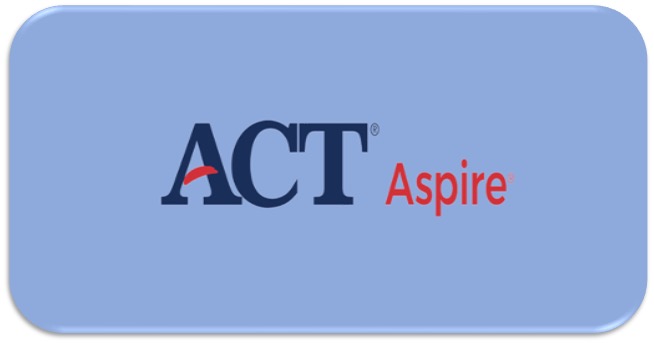
ACT Aspire
ACT Aspire® is a state-mandated test taken by most freshmen and sophomores that measures what students have learned in the areas of English, Reading, Math, Science, and Writing. This test is mandated by the state of Wisconsin for all high school freshmen and sophomores.
-
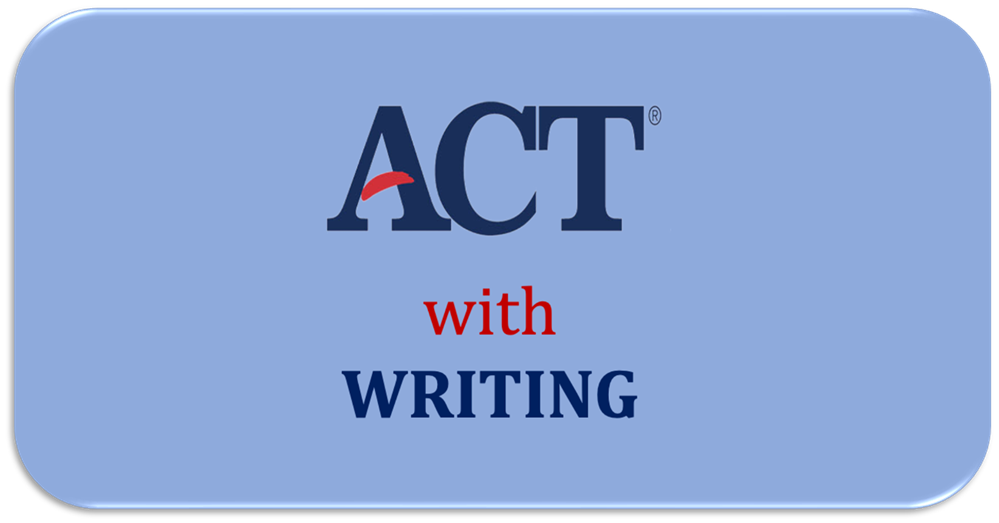
ACT with Writing
The ACT with writing helps students understand what they need to learn next so they can build rigorous high school course plans and identify career areas that align with their interests. The ACT test covers five academic skill areas: English, mathematics, reading, scientific reasoning, and writing. All Wisconsin high school students will take the ACT with writing® at grade 11. The ACT is an in-person assessment with accommodations and EL support that is available in both testing formats.
-
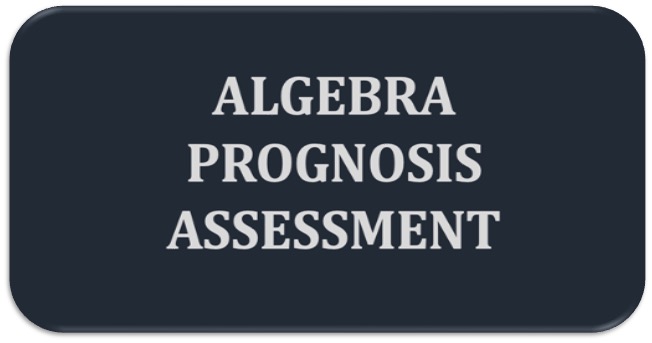
Algebra Prognosis Assessment
Algebra Prognosis Assessment
The Algebra Prognosis Assessment helps confirm teachers’ opinions about a student’s readiness for algebra, providing teachers, counselors, students, and parents with information for making decisions about course placement. This assessment will help predict the success of students enrolled in first-year algebra courses. This assessment will be administered to seventh-grade students.
-
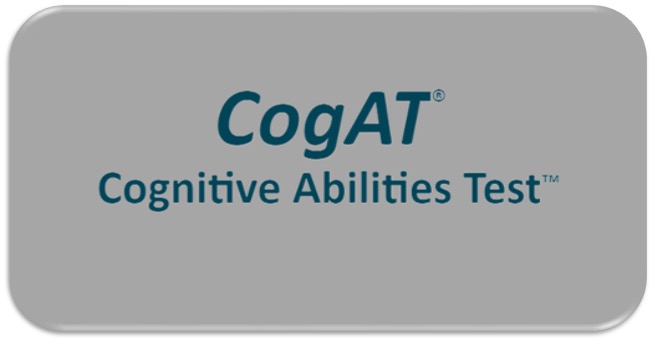
Cognitive Abilities Test
Cognitive Abilities Test (CogAT)
The Cognitive Abilities Test (CogAT) is a K–12 assessment intended to estimate students' reasoning and problem-solving abilities through verbal, quantitative, and nonverbal test items.
-
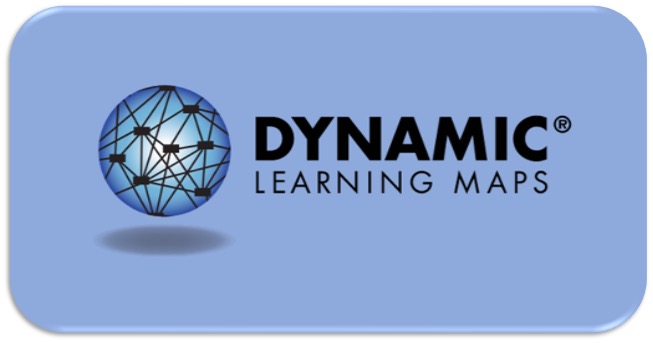
Dynamic Learning Maps Assessments
Dynamic Learning Maps Assessment
The DLM™ assessment measures the academic progress of students with the most significant cognitive disabilities in the subject areas of ELA, Mathematics, Science, and Social Studies.
-
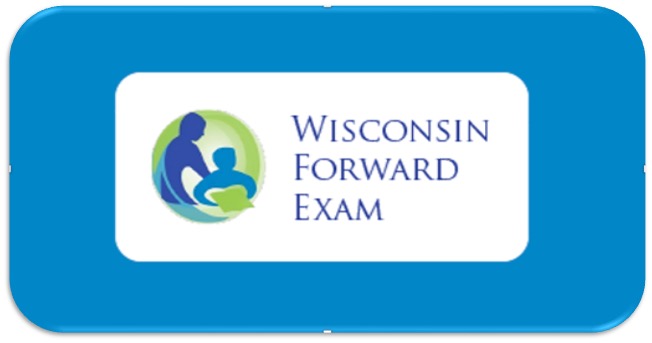
Forward Exam
The Wisconsin Forward Exam is designed to gauge how well students are performing in relation to the Wisconsin Academic Standards. These standards outline what students should know and be able to do in order to be college and career-ready. This assessment tests the content areas of ELA, Mathematics, Science, and Social Studies. This test is mandated by the state of Wisconsin and is administered to students in grades three through ten.
-
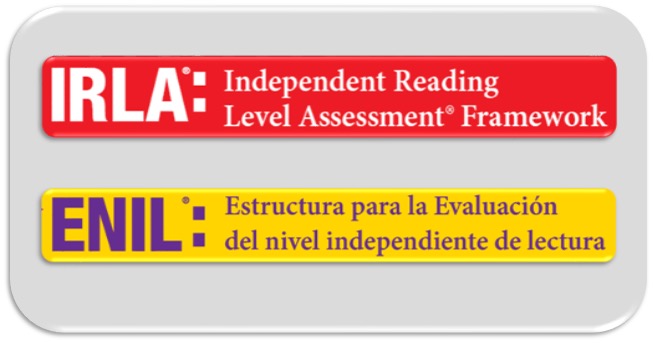
IRLA/ENIL Assessments
The Independent Reading Leveling Assessment [IRLA] / Evaluación del Nivel Independiente de la Lectura [ENIL] are formative reading assessments in English and/or Spanish for grade levels K-12. The IRLA and ENIL deliver specific and actionable data that tells the teacher where a student is, why, and the sequence of skills/behaviors she needs to learn next to accelerate her reading growth. The IRLA and ENIL's reading taxonomy simplifies the complexity of the reading process, allowing teachers to support every reader, with whatever books that reader chooses.
-
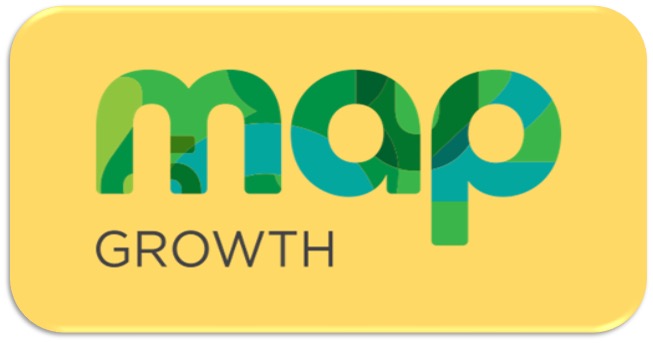
MAP Growth Assessment
Unlike tests where all students are asked the same questions, MAP Growth is a computer adaptive test where every student gets a unique set of test questions based on responses to previous questions. As the student answers correctly, questions get harder. If the student answers incorrectly, the questions get easier. The purpose of MAP Growth is to determine what the student knows and is ready to learn next. MAP Growth can also be used to track students’ individual growth over time, wherever they are starting from, and regardless of the grade, they are in.
-
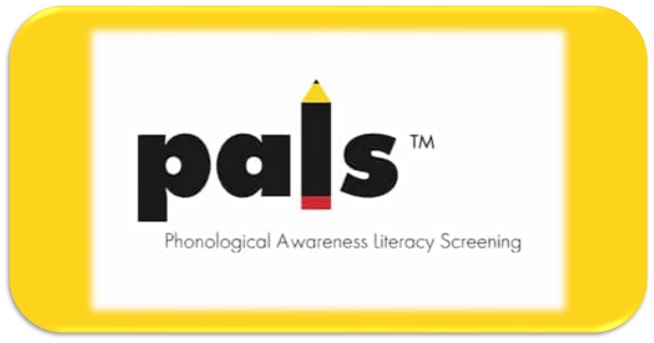
PALS Assessment
The Phonological Awareness Literacy Screening (PALS) satisfies the state mandate that each pupil enrolled in 4-year-old kindergarten to 2nd grade in a school district be annually assessed for reading readiness. The test assesses literacy fundamentals, including whether a pupil possesses phonemic awareness and letter-sound knowledge.
-

Youth Risk Behavior Surveillance System
Youth Risk Behavior Surveillance System (YRBSS)
The YRBSS was developed in 1990 to monitor health behaviors that contribute markedly to the leading causes of death, disability, and social problems among youth and adults in the United States. These behaviors, often established during childhood and early adolescence, include
- Behaviors that contribute to unintentional injuries and violence.
- Sexual behaviors related to unintended pregnancy and sexually transmitted infections, including HIV infection.
- Alcohol and other drug use.
- Tobacco use.
- Unhealthy dietary behaviors.
- Inadequate physical activity.

